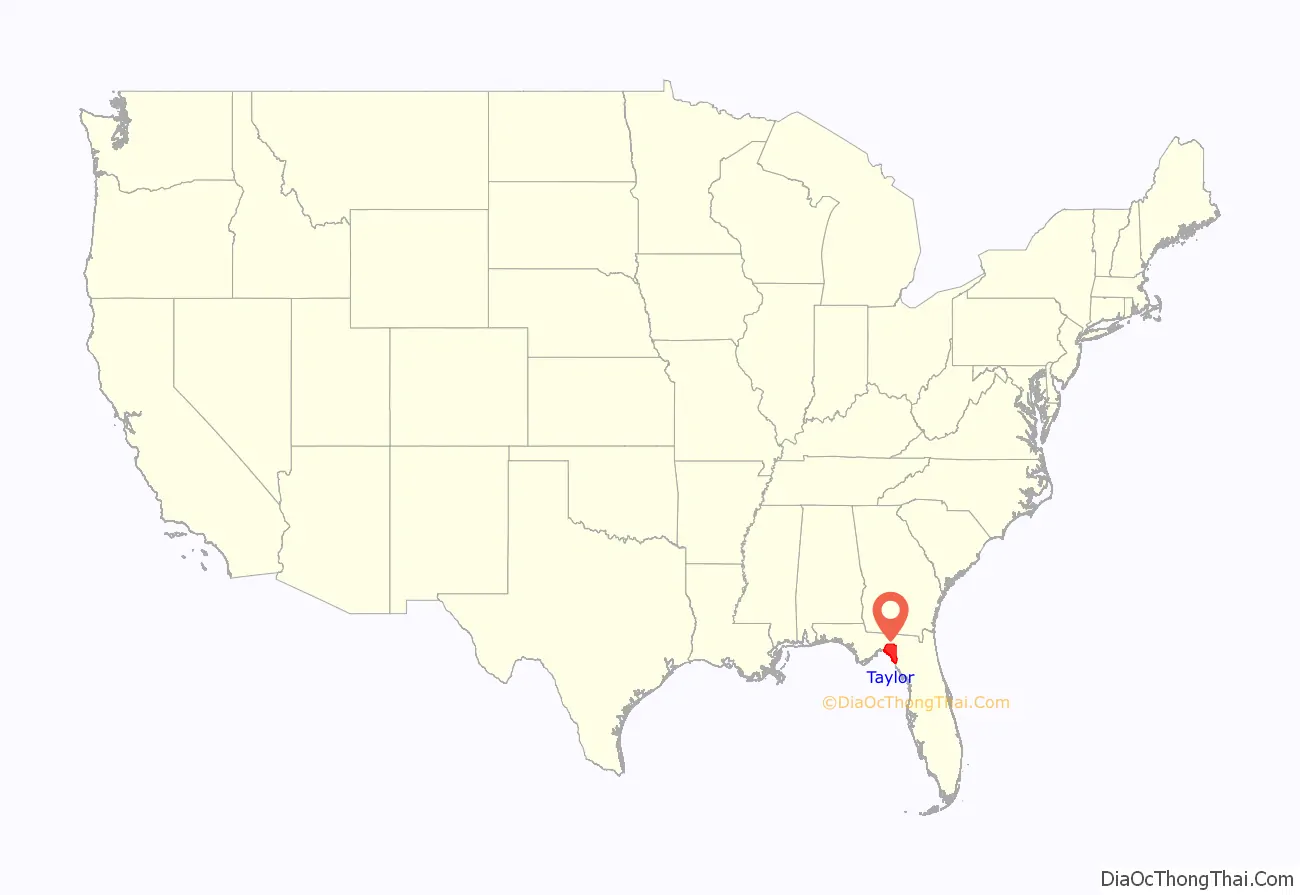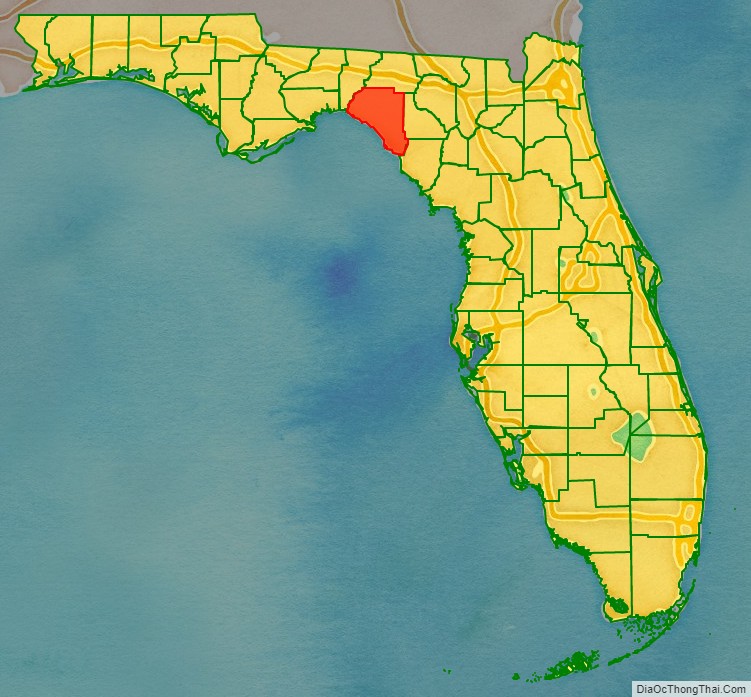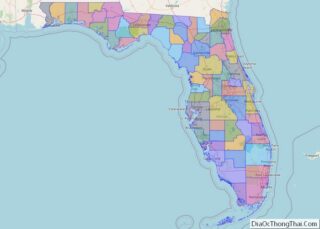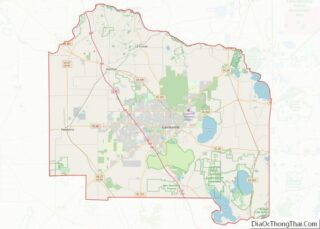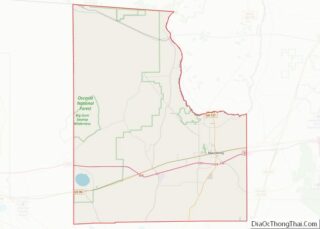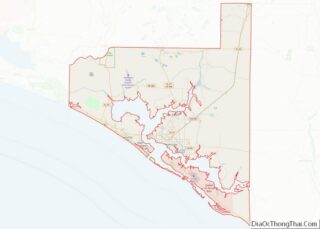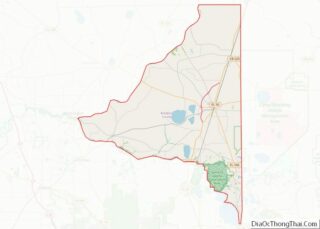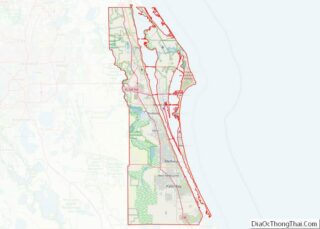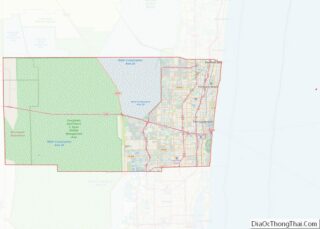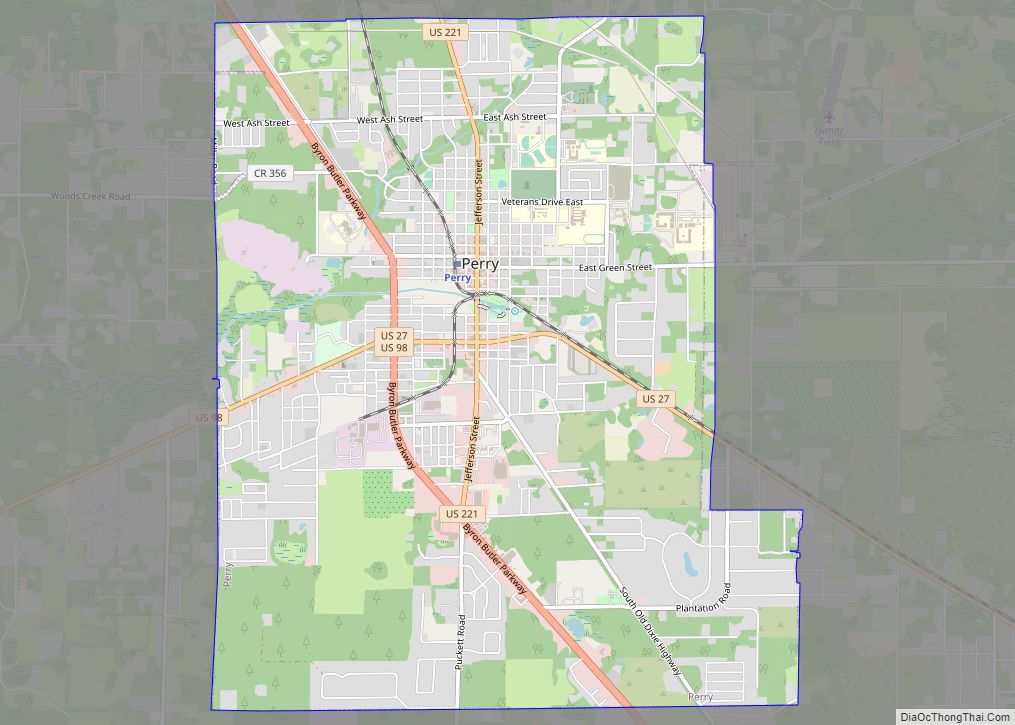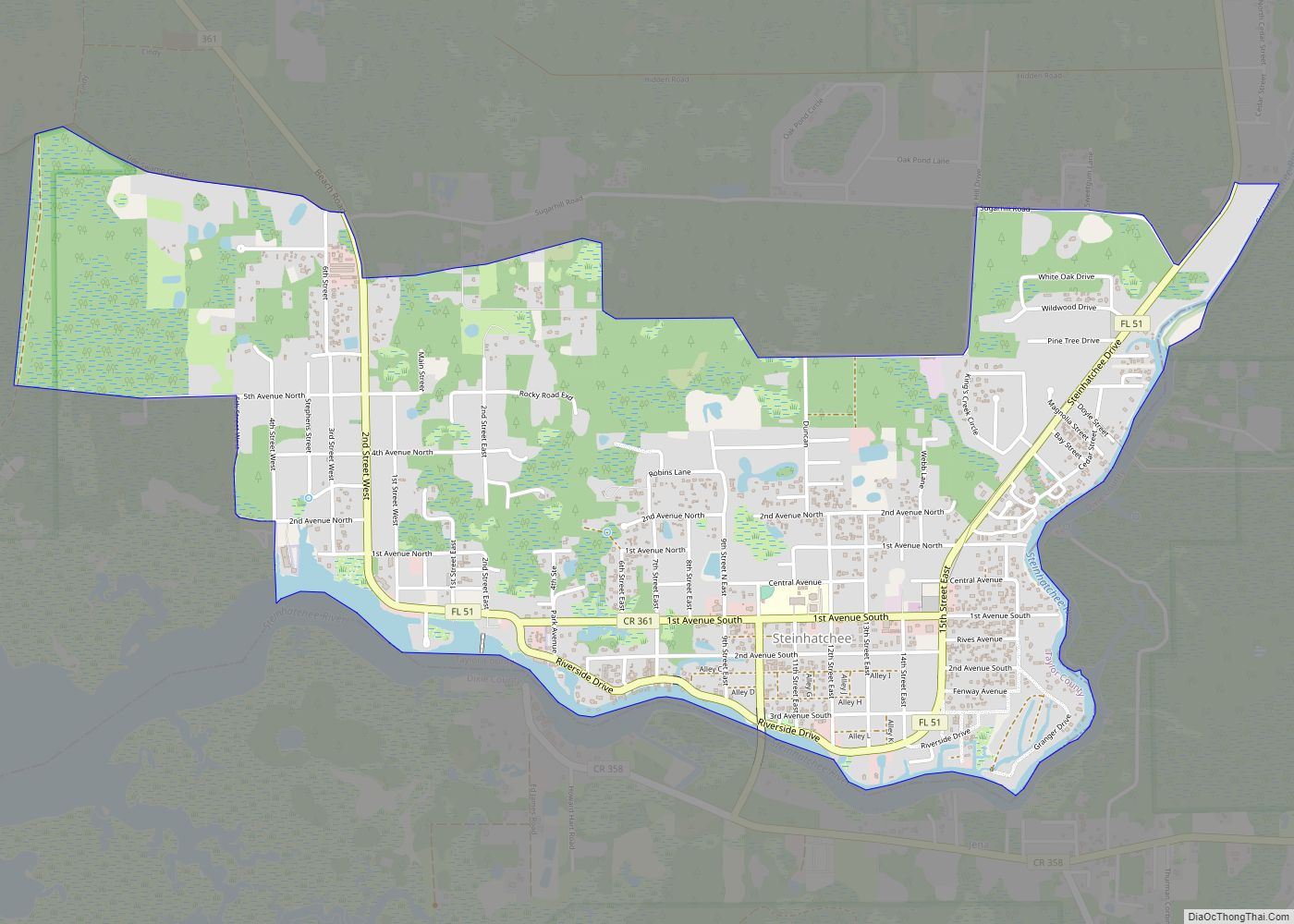Taylor County is a county located in the Big Bend region in the northern part of the U.S. state of Florida. As of the 2020 census, the population was 21,796. Its county seat is Perry. The county hosts the annual Florida Forest Festival and has been long known as the “Tree Capital of the South” since a 1965 designation from then-Governor W. Haydon Burns.
| Name: | Taylor County |
|---|---|
| FIPS code: | 12-123 |
| State: | Florida |
| Founded: | December 23, 1856 |
| Named for: | Zachary Taylor |
| Seat: | Perry |
| Largest city: | Perry |
| Total Area: | 1,232 sq mi (3,190 km²) |
| Land Area: | 1,043 sq mi (2,700 km²) |
| Total Population: | 21,796 |
| Population Density: | 21/sq mi (8/km²) |
| Time zone: | UTC−5 (Eastern) |
| Summer Time Zone (DST): | UTC−4 (EDT) |
| Website: | www.taylorcountygov.com |
Taylor County location map. Where is Taylor County?
History
Taylor County was created on December 23 1856 from Madison County. It was named for Zachary Taylor, twelfth President of the United States of America, who served from 1849 to 1850. Taylor won most counties in northern Florida during the election of 1848 and was largely responsible for the ultimate U.S. victory in the Second Seminole War.
During the American Civil War, Taylor County was home to William Strickland and his band of deserters and Unionists called “The Royal Rangers.” In 1864, a Confederate colonel tasked with hunting down deserters, broke into Strickland’s home and found a membership list of 35 men who “bear true allegiance to the United States of America.” Despite their names being identified and homes burned to the ground, few members of the Royal Rangers surrendered.
Taylor County Road Map
Geography
According to the U.S. Census Bureau, the county has a total area of 1,232 square miles (3,190 km), of which 1,043 square miles (2,700 km) is land and 189 square miles (490 km) (15.3%) is water.
Adjacent counties
- Jefferson County, Florida – northwest
- Madison County, Florida – north
- Lafayette County, Florida – east
- Dixie County, Florida – southeast
National protected area
- St. Marks National Wildlife Refuge (part)
